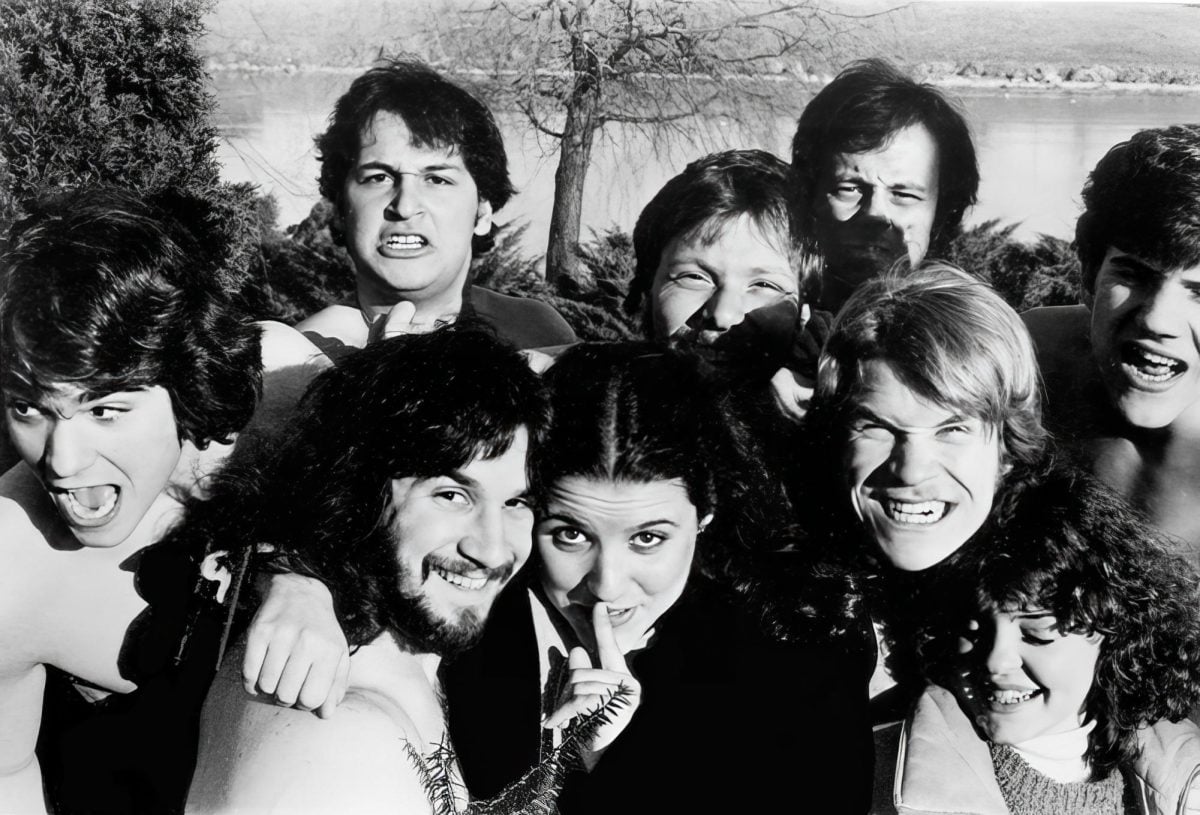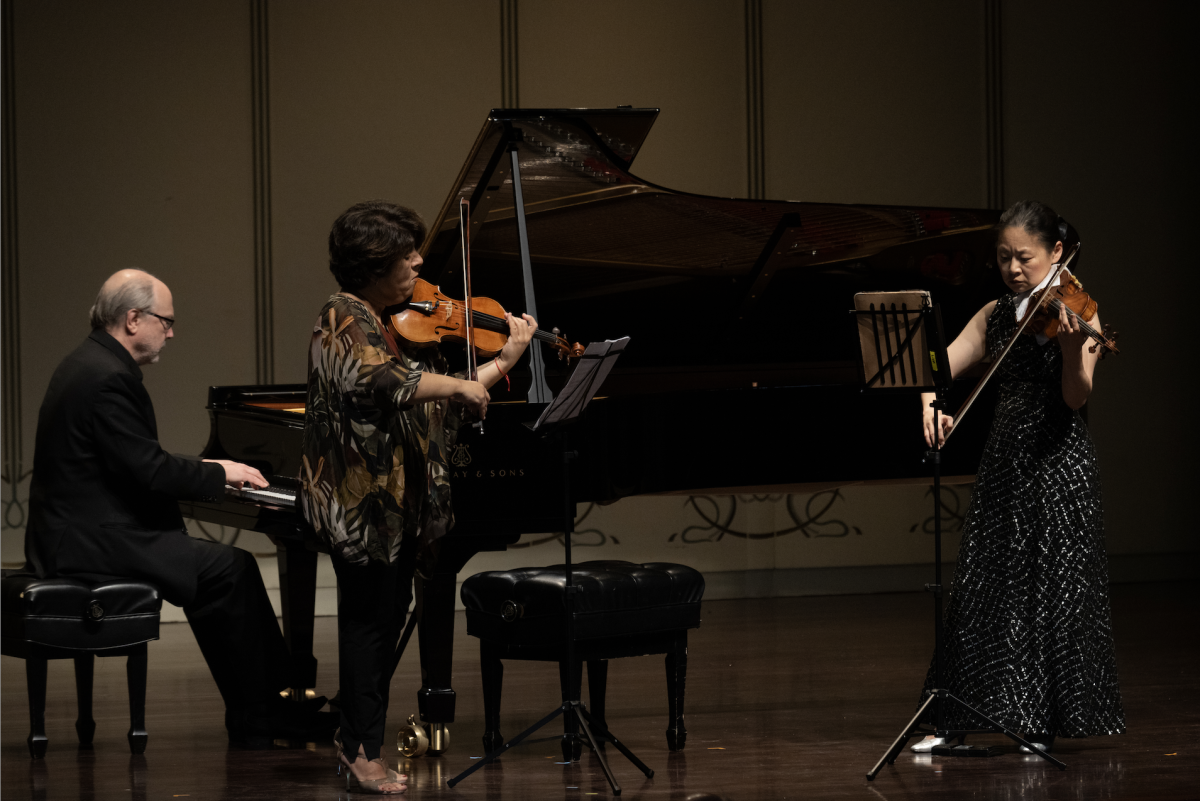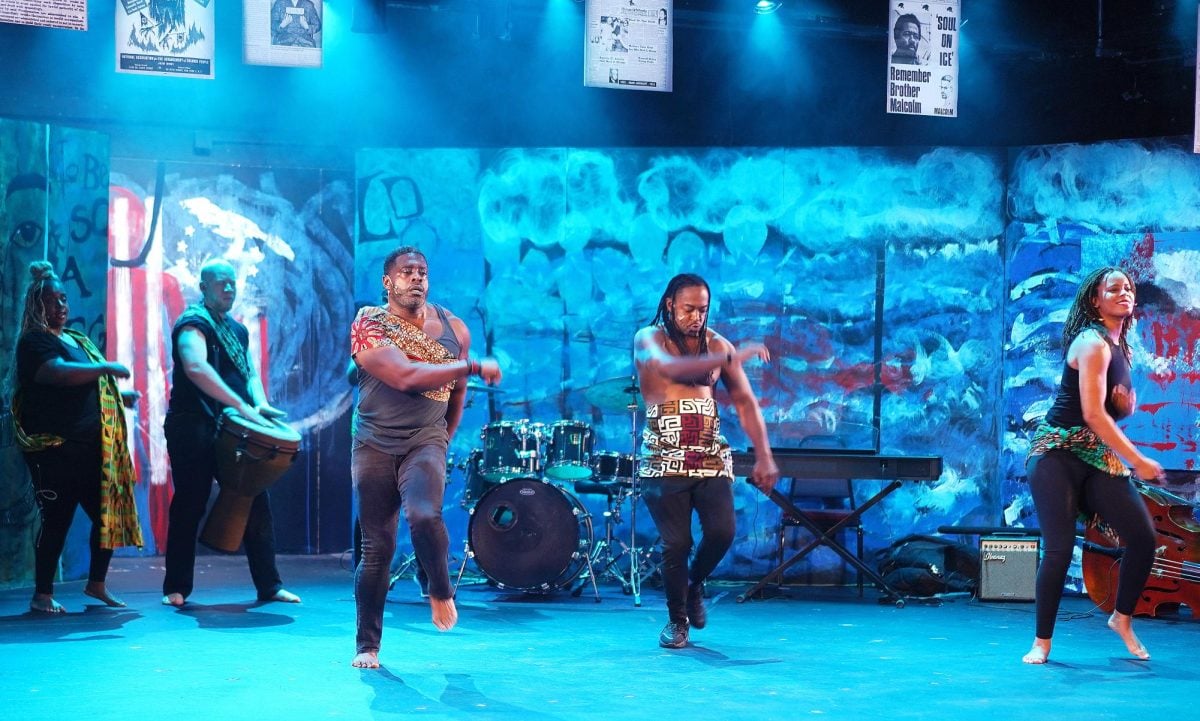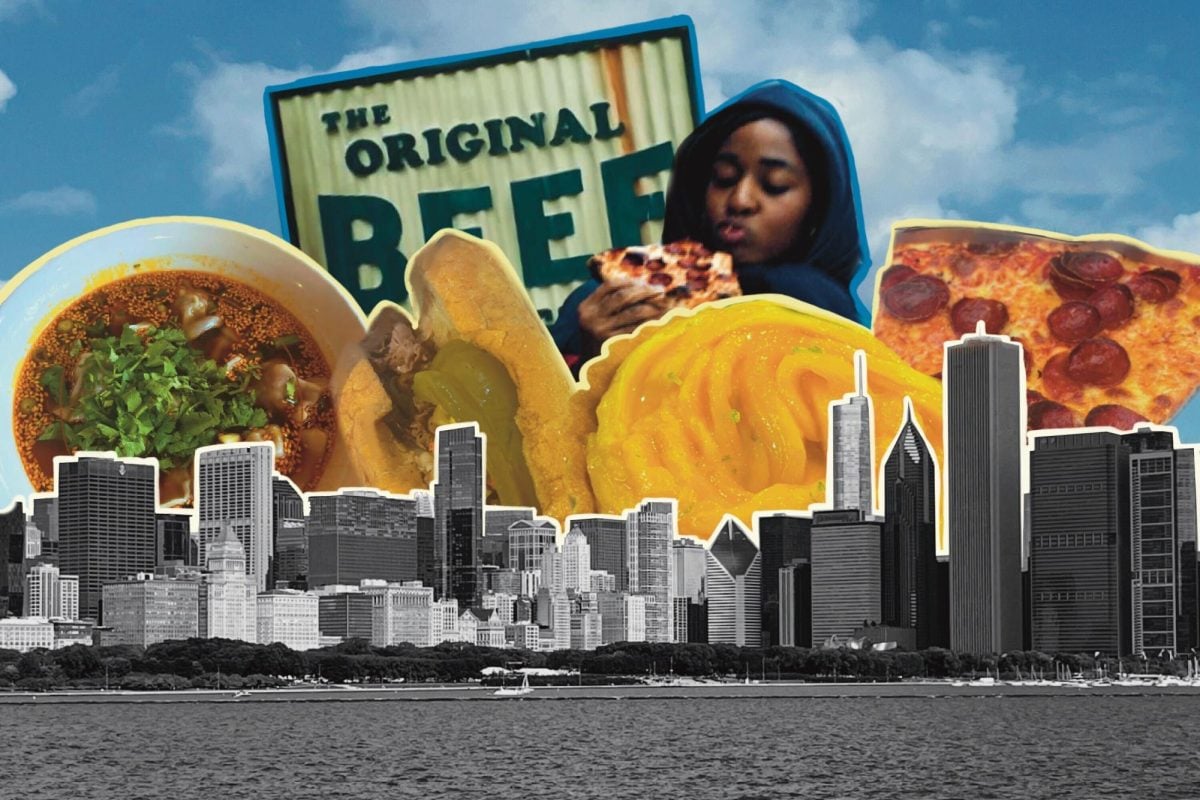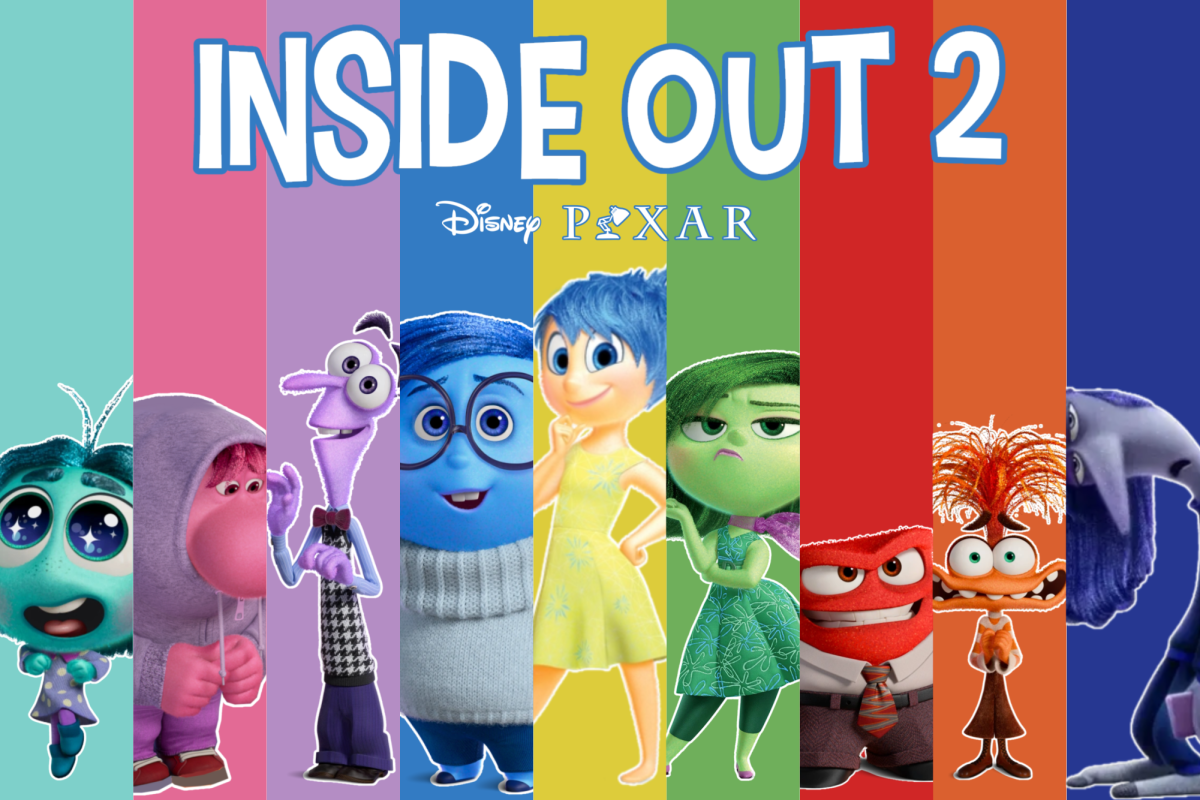For Mee-Ow Comedy, Northwestern’s premier comedy group, committing to the bit can look like “yes, and…” improv, setting your crotch on fire or crashing a framed image and shattering the inset glass cover — among other variations.
Mark Lancaster (Communication ’84) had just been cast in Mee-Ow Comedy in 1979. Playing a game of freeze tag improv with his castmates, Lancaster jumped into a glass frame that he had dubbed a portal to the 1700s.
He said he couldn’t do anything less than commit to the bit because “that was our thing.” Lancaster said the glass shatter was so loud that it prompted a Norris University Center worker to check on the ruckus.
The employee shrugged and walked away after realizing they were with Mee-Ow.
“It was sort of like, ‘Oh, I could rob a bank. I’m with Mee-Ow,’” Lancaster said. “We have a secret shield around us, which is that we’re funny.”
Josh Lazar (Weinberg ’75) and former Communication student Paul Warshauer created the Mee-Ow Show in 1973, with its first show the following year. Now, the Mee-Ow Show is the longest-running student-made improv, sketch comedy and music show at an American university.
The preliminary concept was a satirical riff on the annual, “heavily edited” Waa-Mu Show, which began in 1929 as an original musical by NU students, according to Mee-Ow historian and former member Joseph B. Radding (Weinberg ’75).
David Silberger (Communication ’81) — the first person to work on Mee-Ow for all four years at NU — said he thought Waa-Mu was only a means of collecting alumni donations.
“Mee-Ow is there to be the voice of the students on campus at that time, and what it is that we’re concerned with and what we need to think about,” Silberger said.
In its 50-years running, the Mee-Ow Show has seen a variety of iterations, hundreds of cast members and thousands of students working behind the scenes. The 1974 show “Just in Time,” which received mixed reviews, featured original music, dance, poetry and visual effects, Radding said.
Mee-Ow spent the next decade finding its groove on campus and in comedy. The group brought issues surrounding Watergate and Ronald Reagan’s presidency to light, showcasing political awareness right off the bat through sketch comedy.
Although the group moved away from satirizing Waa-Mu, just about everything else was on the table — except for “toi toi” jokes in some eras of Mee-Ow that did not favor potty comedy, John Goodrich (Communication ’82) said.
Comedic variety was an early tenet of the Mee-Ow Show; The show has featured physical types of comedy, playful blackouts and musical elements, like when Rush Pearson (Communication ’80) lit his crotch on fire and walked off stage in a show.
Pearson said his time in Mee-Ow taught him how to destruct and reconstruct comedy.
“I was totally trying to figure out what comedy came from — how exactly does it start?” Pearson said. “And I realized that basically comes from seeing something you’re glad isn’t happening to you. It’s a release of tension … (You) set up a conflict, and then you resolve it with a laugh.”
The early 1980s were a turning point for the green group. Silberger said around 120 people auditioned for six slots in the fall of 1980. By 1984, the group put on a preview show in Shanley Pavilion in addition to the mainstage show in McCormick Auditorium — two separate shows would replace the preview in the 2000s. The whole show was scripted, and improv games are a newer addition to the Mee-Ow repertoire.
Larry Schanker (Bienen ’81) helped make Mee-Ow’s early musical comedy possible, along with the introduction of rock bands to the shows with “And The and the Andthes,” that helped pave the way for the show’s current rock band interludes. The Mee-Ow house band is part of the one-third sketch, one-third improv games and one-third rock ‘n’ roll format that has been in place since the 1990s.
Romy Rosemont (Communication ’85) became Mee-Ow’s first female director in 1985, but Jill Alexander (Communication ’97) found in her first few years in Mee-Ow that “guys seemed to call the shots.”
When Alexander directed the show in ’96 and ’97, she said she wanted to put a “female-forward” stamp on the show.
“Having a woman at the helm changed the type of woman who was cast,” Alexander said. “So it wasn’t necessarily someone who was going to support or play a traditional female character, but they were women with a point of view.”
Radding said the push for more diversity began in the mid 2010s — an ongoing effort to attract and create a diverse team. There was a Black man in the first year of Mee-Ow, but it wasn’t until 1991 that Mee-Ow cast a Black woman, he added.
The current iteration of Mee-Ow — three years out of the pandemic and back with in-person shows — is embracing tradition, according to Communication senior and Mee-Ow co-director Orly Lewittes. She noted the ironic standard with Mee-Ow writing: it has to be really good, almost professional, but they’re writing about things like “cum and piss,” she said.
Mee-Ow rehearsed for four hours a day, five days a week in the winter and came into rehearsal with two original sketches ready each day — a formula that was passed down, Lewittes said.
“It’s like the sisterhood of the traveling horrible rules,” Lewittes said. “We can’t explain why this works very well, but it does. It forces us to just generate the craziest stuff in the bottom of our brain and that grind mentality just keeps going.”
Comedy was Lewittes’s primary reason for attending NU, she added.
Since Mee-Ow’s founding, numerous groups across the spectrum of comedy have taken shape on campus, including the long-form improv group The Titanic Players and multicultural comedy group Out Da Box.
“Mee-Ow pointed out that there needed to be more opportunities for students to perform, to write, to create their own material and have that voice honored,” Radding said.
Half a century of jokes later, Mee-Ow is looking toward the next 50 years of bits and goofs to come.
“The show comes together so quickly that it really bonds you in a way that is so special,” Communication junior and current Mee-Ow cast member Ferdinand Moscat said. “And I hope that future Mee-Ow cast members or future producers, musicians, designers — that it’s something that can only grow more and more and more.”
Mee-Ow alumni and current members will have an opportunity to come together and celebrate the group’s 50th anniversary at the Mee-Ow Show Fest this weekend.
Panels featuring alumni from Ana Gasteyer (Communication ’89) to Dermot Mulroney (Communication ’85) will run all day Saturday, and Radding — co-author of upcoming book ”The Mee-Ow Show at 50: From Cultural Rebellion to Comedy Institution” — will give a short history of the group.
Two-time Mee-Ow co-producer Dory Weiss (Communication ’03) is also headed back to Evanston for the reunion and organized panels for the event.
“It’s about the legacy,.” Weiss said. “It’s about the 50 years before and the 50 years to come.”
Email: [email protected]
Twitter: @lexipgoldstein
Related Stories:
— Mee-Ow brings smiles, laughs to Shanley Pavilion in “Brokeback Mee-Owntain” show
— The Weekly Podcast: Wildcats go Mee-Ow
— Mee-Ow celebrates 40 years of improv, sketch comedy











